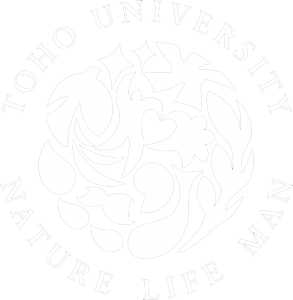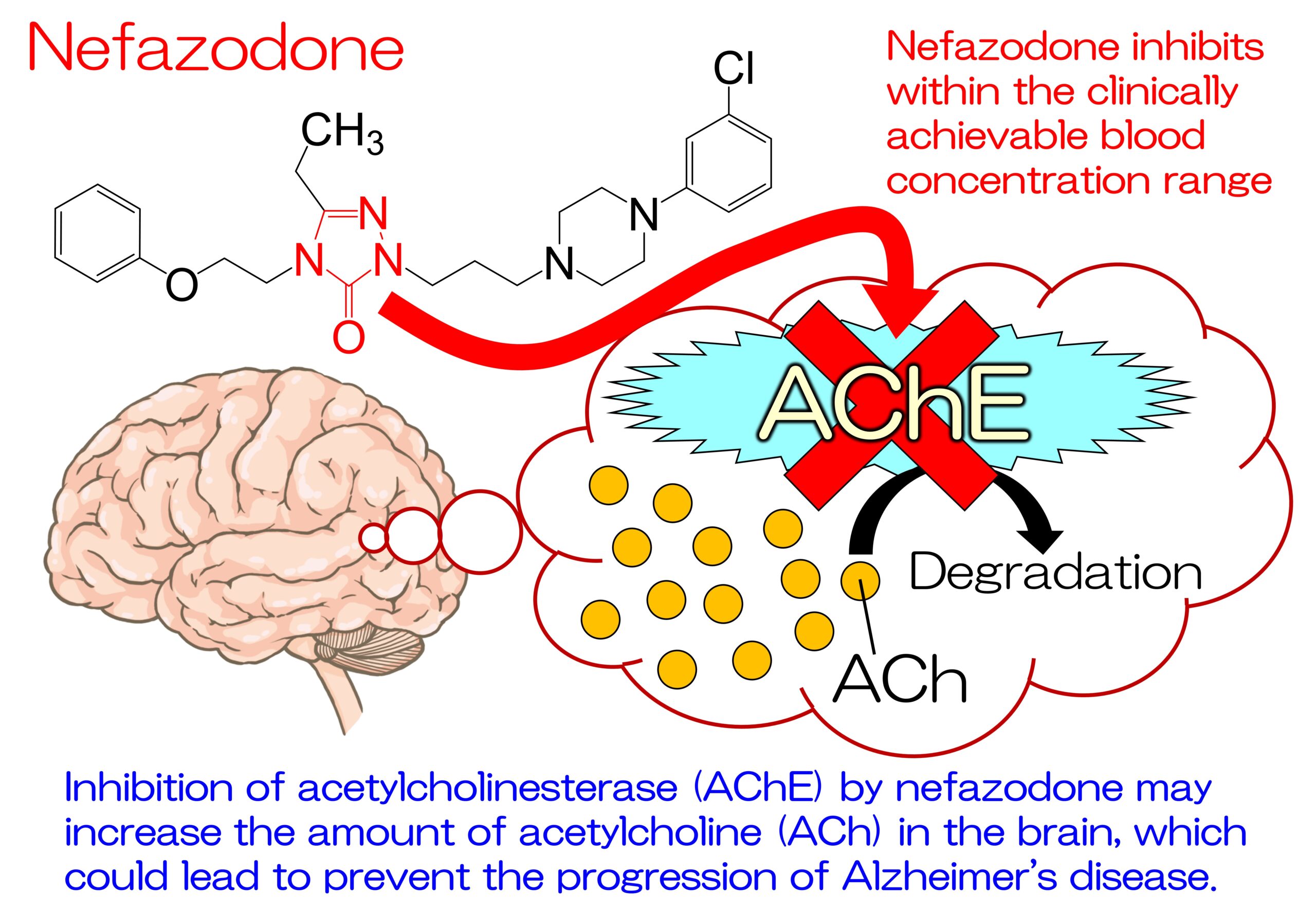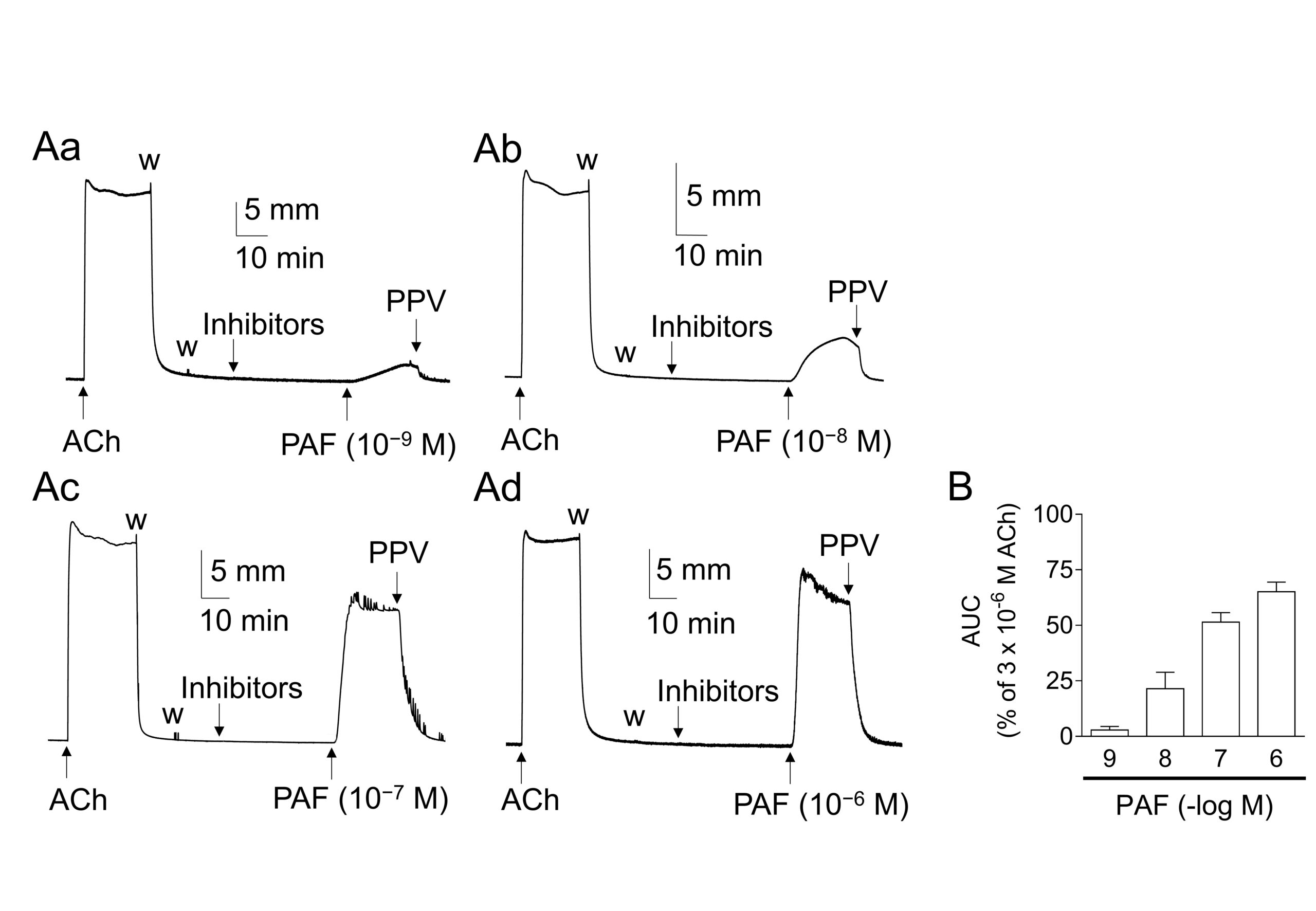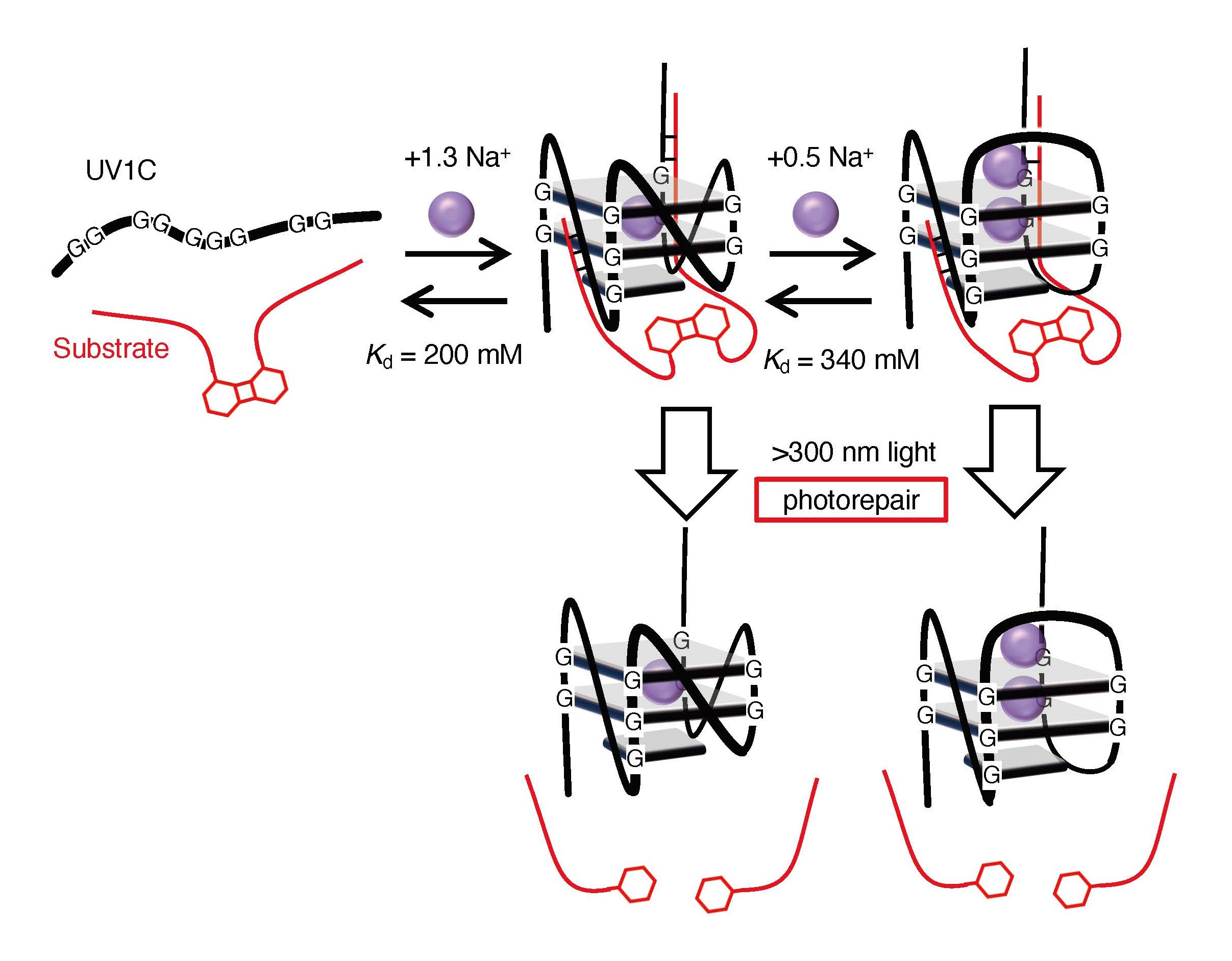December 7, 2021
Elucidation of the mechanism whereby prostanoids enhance bladder contractile activity
Prostanoid TP receptors and multiple Ca2+ channels may represent new targets for overactive bladder therapy

2nd from the Right: Mr. Guanghan Ou
3rd from the Right: Dr. Keisuke Obara
Left: Dr. Kento Yoshioka

Key points of the presentation
- Although it has been established that prostanoids may cause abnormal contraction of urinary bladder smooth muscle, as observed in cases of overactive bladder (OAB), there has been a lack of information regarding the effects of different prostanoids on urinary bladder smooth muscle and their mechanisms of action.
- The authors of this study found that multiple prostanoids stimulate prostanoid TP receptors in urinary bladder smooth muscle, and that this enhances bladder contractile function by activating multiple Ca2+ channels (voltage-gated Ca2+ channels and store-operated Ca2+ channels).
- These observations indicate that prostanoids may serve as potential inducers of abnormal urinary bladder smooth muscle contraction, and that TP receptors and multiple Ca2+ channels activated by TP receptor stimulation may represent novel targets for OAB treatments.
Summary
It is well established that incidences of urinary disorders, such as overactive bladder (OAB), increases with age in humans. The number of patients suffering from such dysuria is increasing in Japan, a country with a super-aged society. Although drugs that act on the autonomic nervous system have been used to treat OAB, newer, more effective, and safer therapeutic agents are desirable from the perspective of side effects and efficacy. Prostanoids have been identified as possible causes of OAB, and prostanoid receptor antagonists are thus considered to have potential utility as novel therapeutic agents for OAB. However, there has to date been limited information available regarding the effects of different prostanoids on urinary bladder smooth muscle and associated mechanisms of action. Against this background, Professor Yoshio Tanaka and his research group from the Department of Chemical Pharmacology, Faculty of Pharmaceutical Sciences, Toho University, examined the effects of different prostanoids on the contractile activity of urinary bladder smooth muscle isolated from guinea pig, and investigated their mechanisms of action both pharmacologically and biochemically. They found that prostanoids enhance the contractile activity of urinary bladder smooth muscle, and that prostanoid TP receptors are among their targets. It was also observed that stimulating TP receptors enhanced urinary bladder contractile function via the activation of multiple Ca2+ channels (voltage-gated Ca2+ channels and store-operated Ca2+ channels). These findings indicate that prostanoids could potentially induce abnormal contractions in urinary bladder smooth muscle, and that TP receptors and Ca2+ channels activated by TP receptor stimulation may represent new targets for OAB treatments.
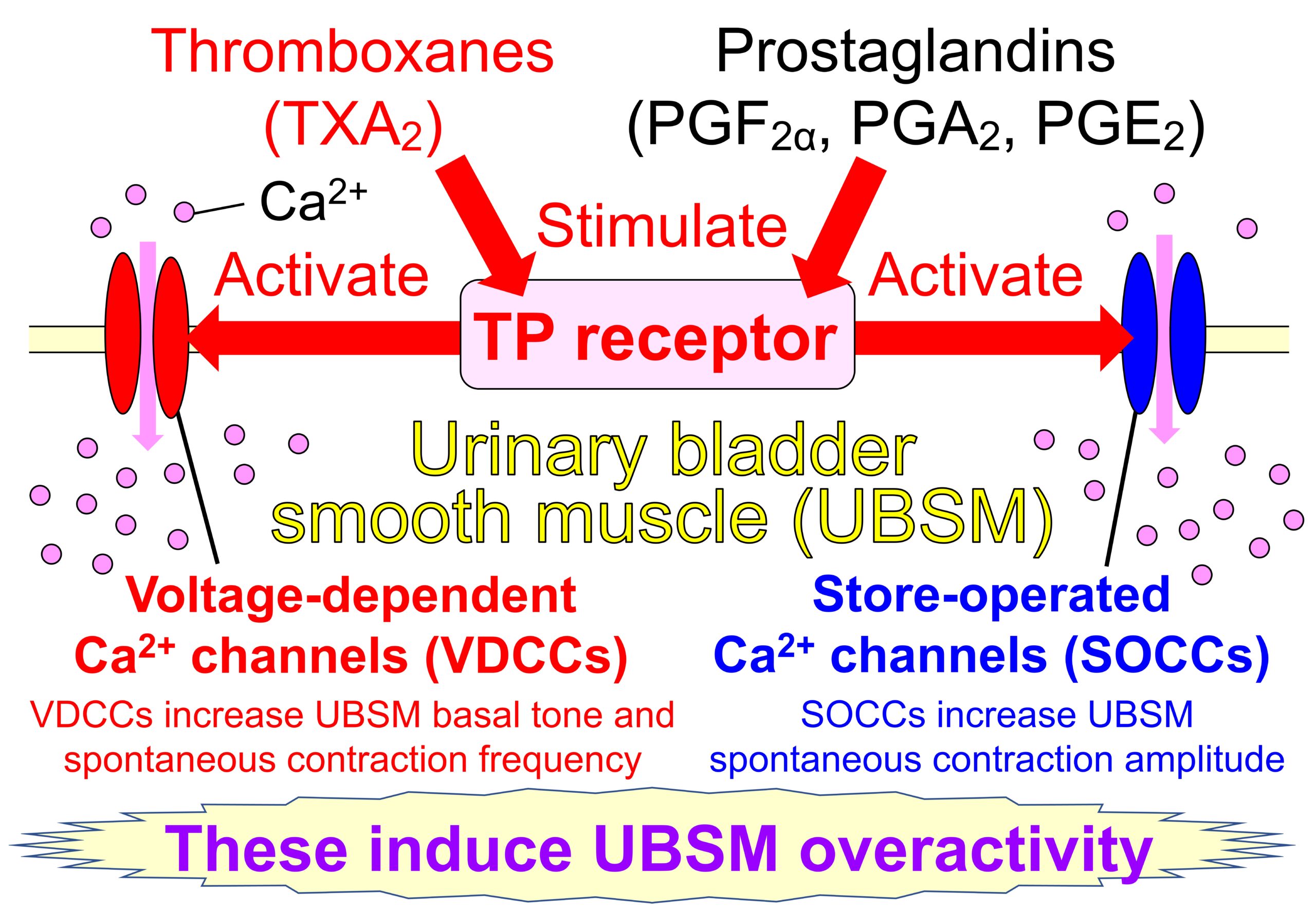
Figure 1: A Schematic Summary of This Study
Journal name
Life Sciences December 15, 2021 No. 287 120130 Article title: Prostanoid TP receptor stimulation enhances contractile activities in guinea pig urinary bladder smooth muscle through activation of Ca2+ entry channels: Potential targets in the treatment of urinary bladder contractile dysfunction
Author(s)
Guanghan Ou, Miki Fujisawa, Ayano Yashiro, Keyue Xu, Kento Yoshioka, Keisuke Obara, Yoshio Tanaka
DOI Number 10.1016/j.lfs.2021.120130
Life Sciences December 15, 2021 No. 287 120130 Article title: Prostanoid TP receptor stimulation enhances contractile activities in guinea pig urinary bladder smooth muscle through activation of Ca2+ entry channels: Potential targets in the treatment of urinary bladder contractile dysfunction
Author(s)
Guanghan Ou, Miki Fujisawa, Ayano Yashiro, Keyue Xu, Kento Yoshioka, Keisuke Obara, Yoshio Tanaka
DOI Number 10.1016/j.lfs.2021.120130
READ MORE RESEARCH NEWS - Pharmaceutical Sciences
ACADEMICS
Undergraduate Programs
– Medicine
– Pharmaceutical Sciences
– Science
– Nursing
– Health Science
Graduate Programs
–Medicine
–Pharmaceutical Sciences
–Science
–Nursing
Undergraduate Programs
– Medicine
– Pharmaceutical Sciences
– Science
– Nursing
– Health Science
Graduate Programs
–Medicine
–Pharmaceutical Sciences
–Science
–Nursing
RESEARCH
– News
– Guidelines & Policies
– Support Offices
– Facilities
– Security Export Control
Non-Degree Programs
– Clinical Elective Program
– International Physician Observership Program
